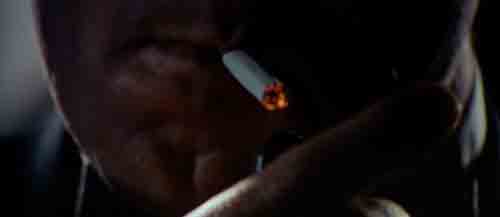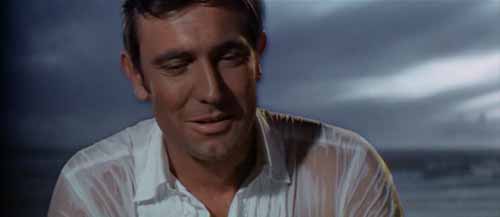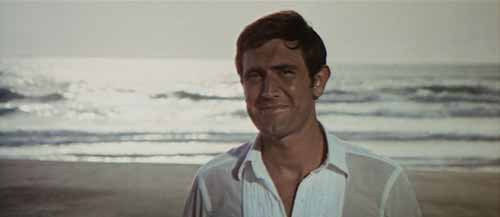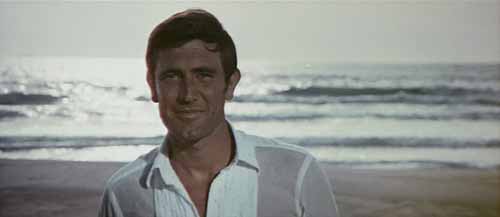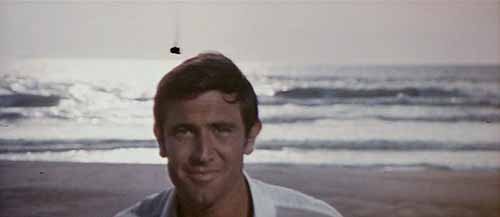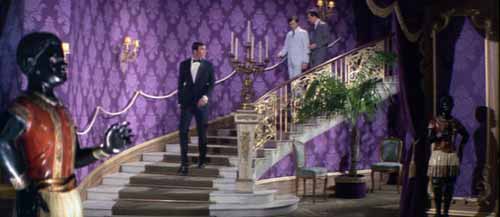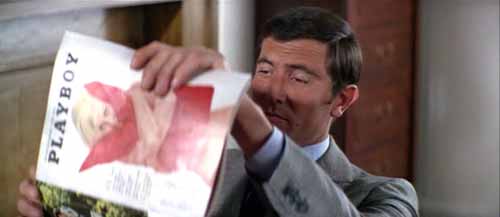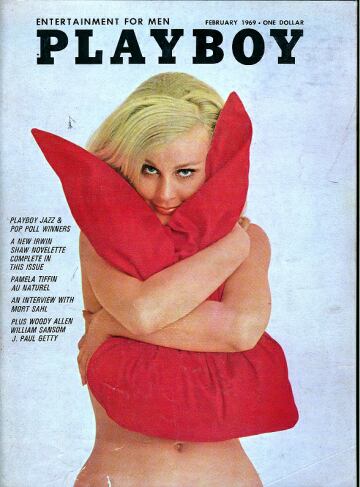
|
Dead camera. The bottle I tossed in the car after I ran through the rain soaked right through the case and ruined the LCD. The iPhone is fine, being made of sterner stuff, but dang: I’ve had that camera for just a few months. I’m beginning to believe I have bad electronic juju; the number of items that go sound on me is really quite extraordinary. First small Canon camcorder: the shutter got stuck. First Canon camera: the knob that selects between various shutter speeds got loose. Tiny Minolta: well, I gave that one to my wife, and it ran away and joined the circus. I had a Sharp camcorder clam up and refuse to open; never did get that tape out. Had another camcorder that developed a grudge against all tapes, and would eat tape without provocation. Then of course there’s the ongoing coffeepot problem; the second Cuisinart has developed the same case of Sudden Incontinence Syndrome that plagued its predecessor, and a brown pool collects under the unit every time I use it. Why can’t Honda make everything? Ordinary day, with a little less work than I’d like; duties and meetings. I’m being moved again. The previous occupant of the desk did not clean before leaving, and I spent a while cleaning his leavings. He appears to have dipped his finger in pitch before dialing the phone, too: that stuff’s never coming off. At least I don’t have much to move; several moves have taught me to travel light, and when the paper first announced the buyouts I figured I was Meat of the Dead Variety and moved most of my stuff out. (Somehow this made it into one of the local media columns – it was reported that I was moving my stuff out over the weekend. Which I was. But there was no one at the paper. Well, one person, but she had her back to me the entire time.) Offices accumulate all sorts of sad things; it’s been a long while since I wanted to make my office space anything more than a spare site with minimal personal objects, because once you decorate it with all you geegaws and pictures and carefully chosen postcards and mottos and other bits of veal-pen flair, you fix yourself in time, and that stuff never comes down. I do remember the WW2 posters I put up after 9/11, though. Back when it felt like there was a war on. Links: The Carbon Hero portable carbon-footprint evaluator. Think of it as a pedometer for your soul.Now I know why “Ratatouille” didn’t really seem to be about food. It was really about movies. If you’ve been to the movies lately, you’ve seen that elaborate Coke commercial that shows you what happens inside the machine when you drop in a coin. I thought it was done by Pepper’s Ghost, the animation firm that did Bing and Bong, but no. Turns out that spot was part of a much, much bigger slab of CGI that takes the Nick Parks “Creature Comfort” approach to illustrating the thoughts of Coke employees. Pretty good. I promised a review of a 37 year old movie, and here it is. “On her Majesty’s Secret Service.” I’d never seen it; I’d been saving it for years, because I’d heard it was horrible and heard it was the best. Who’s this? We see his car, his hat, the back of his head. No face no profile. no features. We do know he’s a smoker with a dimple you could use to hide a poker chip:
He drives around in formal wear and rescues suicidal women who've wandered into the surf determined to end it all in a fashion that does not involve pills, because you could throw those up and ruin the rug:
After he's dropped the damp dame on the sand he introduces himself. Bond. James Bond. And there’s a horrible moment when it all just doesn’t work, because HE’S NOT SEAN CONNERY, and it’s almost an Uncanny Valley effect: he’s like a robot based on Sean Connery.
It doesn’t matter whether he looks like Bond; in a sense, he does, just as much as he doesn't. In fact those two reactions go at one another tooth-and-nail the minute you see him.. It doesn’t matter that the fight scenes are instantly more believable than anything else seen before, hyperkinetically edited, jerky and jarring. The audience has an instant infantile reaction: you’re not my daddy. But the action that follows is pretty good, and you buy it. You buy him as Bond. This is going to work out just fine. And then they throw a sledgehammer through the fourth wall; the girl gets away without having sex with Bond, and Lazenbond remarks “This never happened to the other fellow.” It doesn’t help that his line readings are poor. And this really, truly doesn’t help:
He looks at us. As if to say: are we all okay with this? And he keeps looking at us:
And again!
Stop it! It’s very post-modern, I suppose, and it’s a clever way of admitting that everything’s going to be fine, the Connery-paucity notwithstanding. Then the credits, with the obligatory nipply silhouettes. (It was always cold in Maurice Bender’s studio, apparently.) But what’s this?
It’s Honey Rider – and obviously an attempt to reassure people this is a Bond movie. Other Bond girls and villains appear in the hourglass sequence, which foreshadows the Ironic Song, “We Have All the Time in the World,” one of John Barry’s best. It has the unfortunate effect of suggesting that time has run out on the franchise. It doesn’t help that the movie is set during the nadir of Western aesthetic confusion.
At least the basics are respected.
Googling around reveals that this cover places the action in February 1969:
Anyway. You want to root for Lazenby, because no one wants a bad Bond. Ten minutes in – following an incomprehensibly staged card game – you’re wishing for Roger Moore. But Lazenby keeps surprising you, because he displays something else you never saw in Moore and only rarely detected in Connery: cruelty. When he starts slapping around Diana Riggs – which ought to be against international law – you get a sense of the true fellow behind all the civilized postures. He’s not a nice man. If Lazenby hadn’t been forced into the shaken-not-stirred suave mode, he would have been much more convincing from the start. Here’s an interesting lesson in scoring movies, 60s style. Crime Lord Draco, whose daughter (Emma Peel) Bond has rescued from various scrapes, is having a talk with 007 about what his daughter needs. Like most fathers, he believes his daughter needs a hired killer to dominate her. The score suddenly quotes the James Bond theme, in a spooky and discordant way.
If you’re wondering what the plot might be, well, it takes forever and a day - which sounds like a Bond film, almost – to get going, and eventually we get up to Kojak’s mountaintop laboratory. (Always with the secret locations! If it’s not underwater or inside a volcano it’s on the fargin’ top of a mountain, which would seem to limit your getaway options. These guys never have a lab in a suburban industrial park.) Lazenby’s acting gets a little better, possibly because they loop all his dialogue, and after a while you wonder if the length of this film is intended to get you accustomed to his Bond. By the end of the movie, I liked him well enough, and could understand why some believe it was the best Bond movie in the series. (It's not, but it could haev been.) Like the new ones, it’s more “realistic,” meaning he doesn’t shoot Tomahawk missiles out of his cufflinks, and the conclusion avoided the usual pun-and-a-pan-and-a-poke ending of the standard Bond fare. It was true to the book, and damned depressing. Still:
No. That’s it for today; lots of work ahead now. There’s a new comic book up, and of course blogging throughout the workaday world at buzz.mn. See you there!
|
||||||||
| . | |||||||||
|
|
|
...


